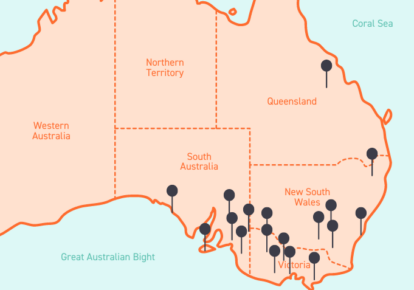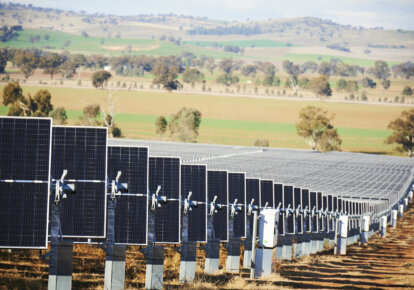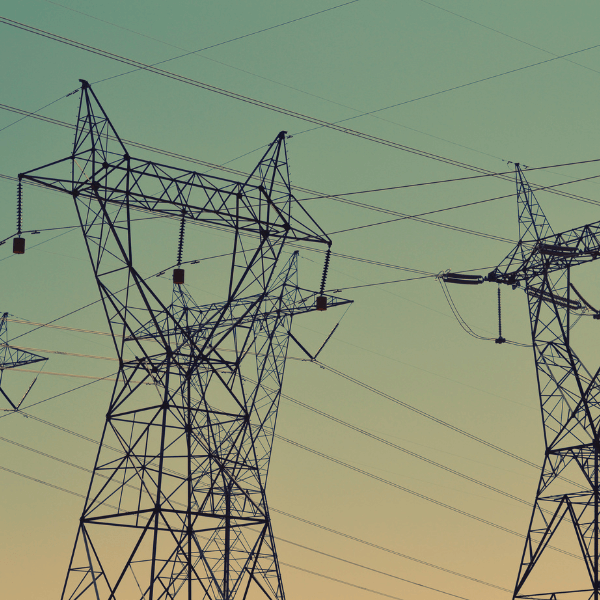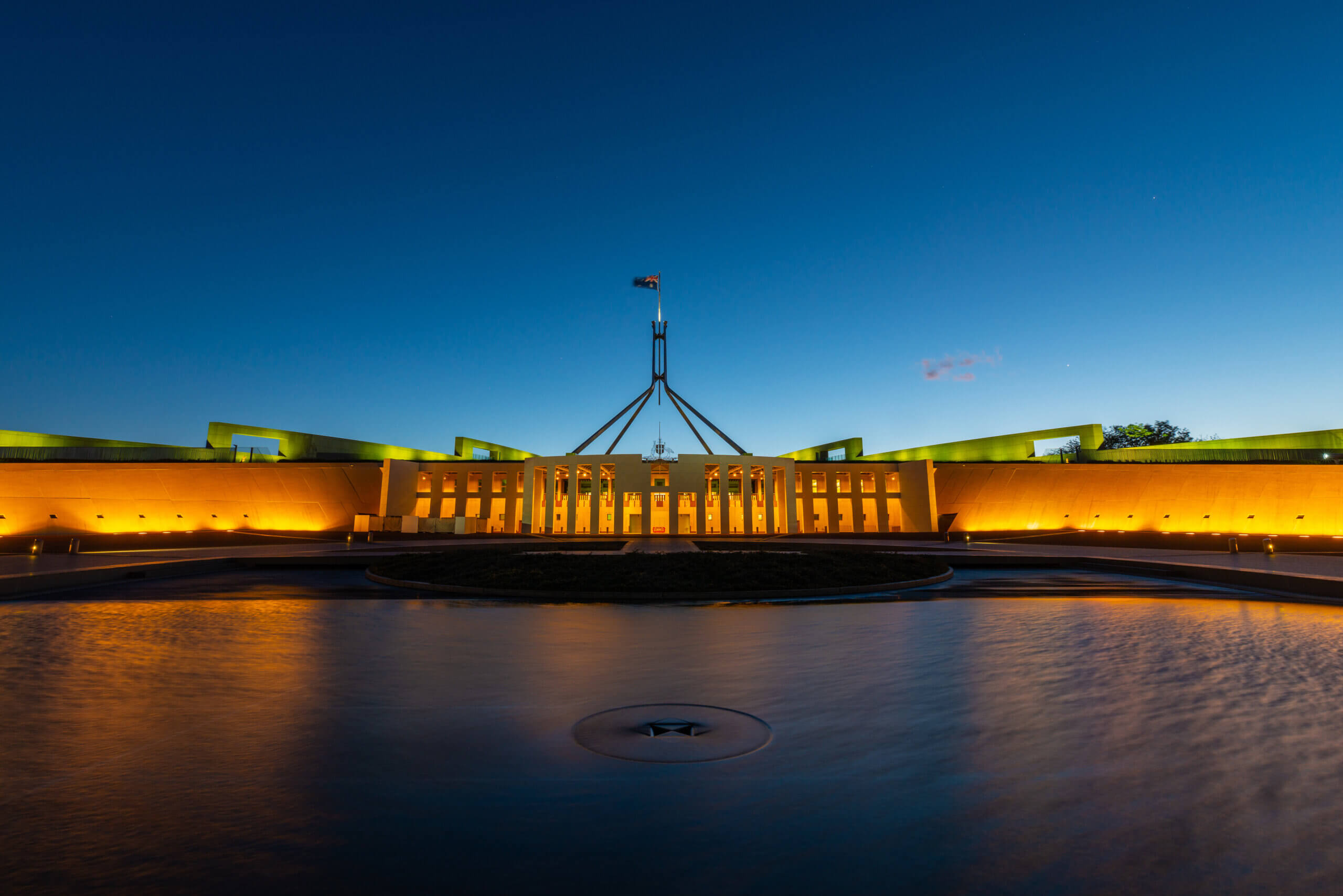Summary
Demand flexibility is key for a reliable and affordable energy transition. Greater flexibility from energy users can help align the demand for electricity with the times when it is being cheaply produced by wind and solar generators. This article explains:
- Why consumers are increasingly looking to match their consumption with renewable generation.
- What using more “green” or “clean” energy means in practice.
- How demand flexibility can reduce the emissions associated with energy use.
Matching consumption with renewable generation
The importance of matching electricity demand with renewable generation over the transition is well known. Numerous studies have enumerated the benefits of greater demand management to help increase the overlap of when renewable energy is produced, and when energy is used.1
One reason why consumers tend to match their electricity demand with renewable output is price. Electricity consumers with an incentive to respond to the wholesale price for electricity are encouraged to avoid high prices and use electricity at low/negative wholesale prices.2 The wholesale price dynamics are increasingly driven by renewable output – an abundance of wind and solar drive down wholesale prices. The graph below shows the correlation between the renewable output, carbon intensity of the grid, and wholesale electricity price dynamics in New South Wales from 2017 to 2020. It shows an inverse relationship between wholesale prices and renewables/grid carbon intensity.
Another reason why consumers might try to overlap between demand and renewable generation is when they have signed a Power Purchase Agreement (PPA). These consumers will often try to maximise the hedge provided by the PPA by shifting demand into periods where the PPA-linked generator is producing electricity.
However, price is not the only driver for consumer decisions. Concerns about the impacts of climate change have led to consumers of all types committing to use more ‘green, clean or renewable energy’.
What does it mean to use more ‘green’ electricity?
Most people at some point have seen companies claiming to use electricity that is “100% renewable” or “100% carbon-neutral”, or a retailer claiming to sell electricity plans comprising these types of electricity.
Changing the amount of renewable energy you use is not simple. Since we cannot control the flow of electrons through the grid, it is not physically possible for a grid-connected customer to buy electricity directly from a solar or wind farm. Instead, all the electricity from the grid is effectively a melting pot of energy from all the supply being pushed into the grid, which includes wind, solar, hydro, coal and gas. Therefore, supporting claims of reducing the carbon footprint of electricity used broadly falls into three approaches:
Reducing electricity taken from the grid with behind-the-meter solutions.
By installing renewables behind the meter and reducing the electricity consumed from the grid, it is guaranteed that the customer is consuming more renewable electricity.
Offsetting use by surrendering renewable energy certificates.
By voluntarily surrendering Large-scale Generation Certificates (LGCs) equivalent to the amount of electricity consumed from the grid (after accounting for requirements to mandatorily surrender LGCs under the Large-scale Renewable Energy Target (LRET)), consumers and energy retailers can claim their electricity as equivalent to 100% renewable. This approach is the basis for GreenPower.
Increase carbon-neutral energy use by surrendering carbon offsets.3
Similarly to the above, surrendering carbon credits equivalent to the carbon linked with using electricity from the grid can be used to make claims of having used the equivalent of carbon neutral electricity.
The RET and LGCs4
The Renewable Energy Target (RET) was introduced by the Australian Government to encourage additional renewable energy generation. The RET creates incentives for investment in renewable sources through the creation and sale of certificates. The RET is split into two parts: the Large-scale Renewable Energy Target (LRET) and the Small-scale Renewable Energy Scheme (SRES).
Under the LRET, large-scale generation certificates (LGCs) are created in the online Renewable Energy Certificate (REC) Registry by renewable energy power stations. One LGC is equivalent to one megawatt hour (MWh) of eligible renewable electricity generated (for hydrogeneration, this has to be above baseline level). Energy users (mainly retailers) are required to purchase and surrender LGCs to meet a target percentage of renewable generation.
Where does demand flexibility fit in?
Just as the amount of energy used by a consumer varies throughout the day, the generation on the grid also varies. The generation mix changes from predominantly coal to mostly wind and solar depending on the conditions. As a result, the carbon intensity of the grid also varies throughout the day. The graph below shows the varying carbon intensity of the grid in Victoria.
Demand flexibility refers to the ability to change consumption patterns. By shifting energy use from peak periods and overnight, into the middle of the day, consumers can use more energy from the grid when carbon intensity is far lower. This means that demand flexibility can reduce the emissions linked with energy use for that consumer!
Unfortunately, the current practice for carbon accounting oversimplifies this. At present, the measurement of scope 2 emissions (the emissions linked with electricity use) are calculated using an average annual figure for grid emissions intensity. The advantage of this approach is its simplicity. The disadvantage is it fails to recognise the impact of demand flexibility. Hopefully, new and more dynamic methods for carbon accounting are adopted to formally recognise the links between demand flexibility and reduced carbon footprints.
Conclusion
Matching demand with renewable energy generation will be important for a reliable and affordable energy transition. Using demand flexibility is something more businesses are adopting to reduce their electricity bills and carbon footprint. Further work is needed businesses to be able to formally recognise this in the current established carbon accounting methodologies.
Any questions? We’re here to help
If you have questions about demand flexibility, the National Electricity Market or energy opportunities for your business, please don’t hesitate to reach out to the Flow Power team.
? 1300 08 06 08
Alternatively, you can submit your questions through our website contact form here.
1For example, a study commissioned by the Energy Security Board estimated the benefits of greater demand flexibility at up to $8 billion. A summary of the report is available here.
2This includes customers on spot-price pass through, and other retail products that pass on price signals from the wholesale market. For example, all Flow Power customers have an incentive to respond to the wholesale price for electricity.
3For the record, we strongly believe consumers should demand the use of renewable energy and renewable energy certificates instead of relying on carbon offsets. With respect to scope 2 emissions (i.e., those linked with electricity use), renewable energy equivalence claims are far stronger than carbon neutral claims.
4Adapted from an explainer published by the Clean Energy Regulator, available here.

















